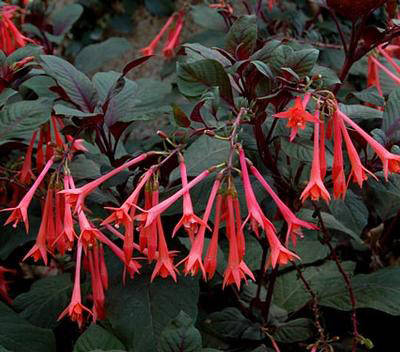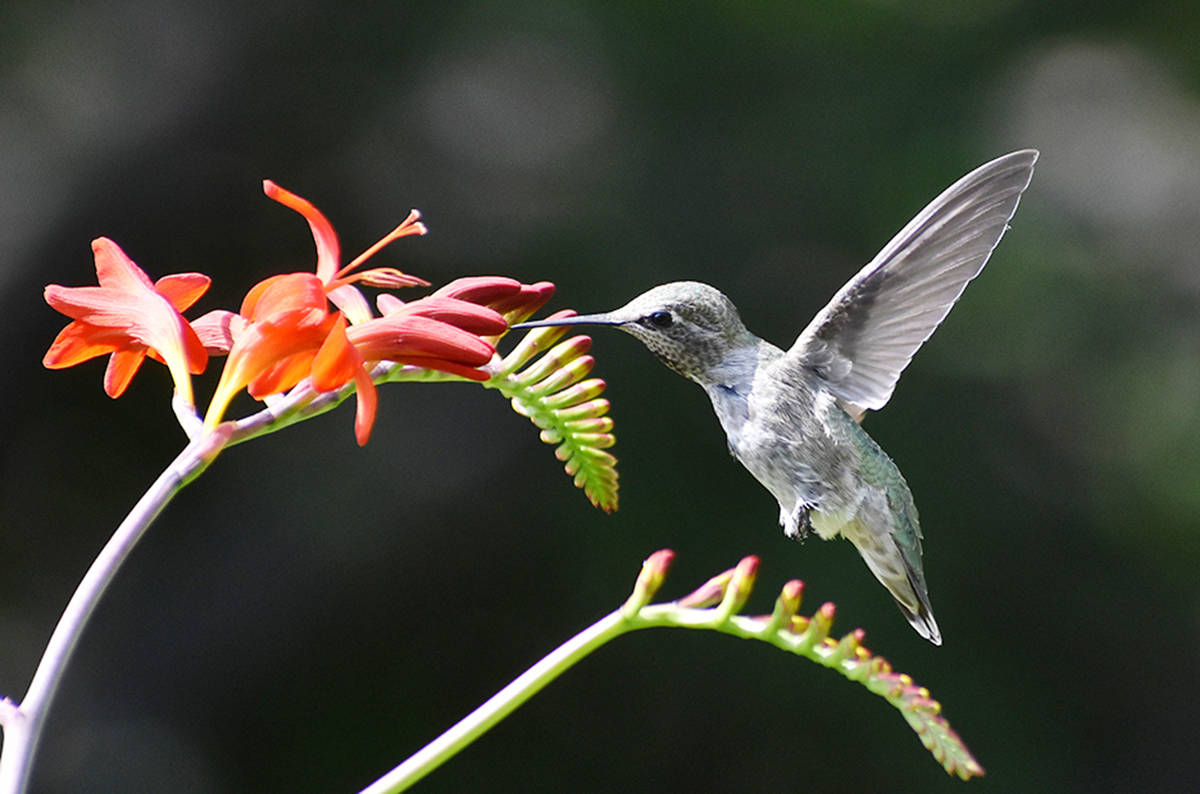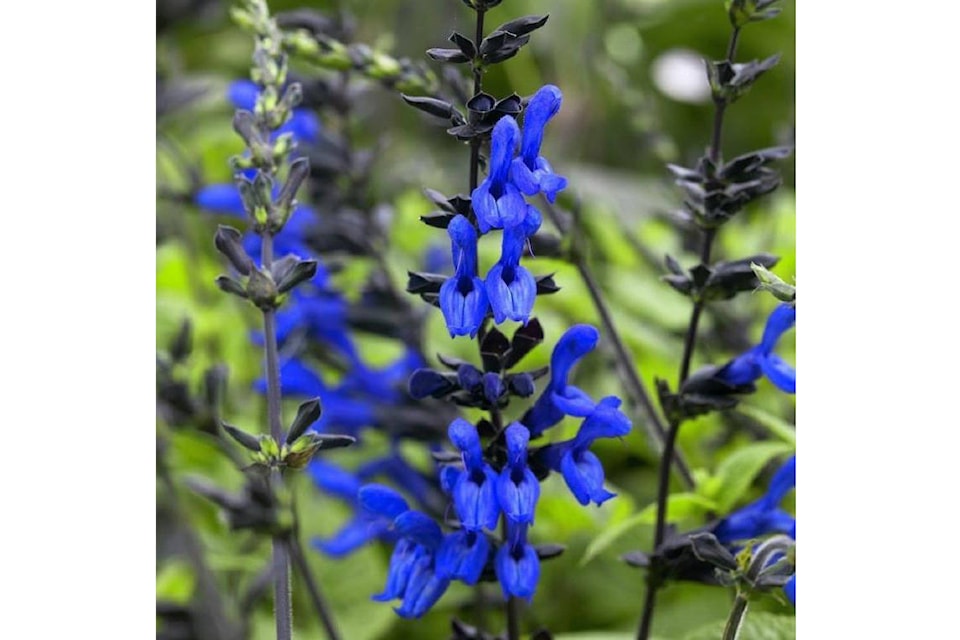Ellen Presley
Special to The Record
Gardening is a wonderful pastime. It brings a lot of joy to those of us who love to dig in the dirt, and create works of art with colours and textures. There is a miracle that occurs every time you take a small seed and watch as it turns into an intricate flower, or produces masses of fruit or vegetable to feed us. It truly is a wonder to behold.
As we are connecting with the earth and enjoying its bounty, we have only to look up and observe that we humans are not alone. The world around us is teeming with life, from the worms and bugs in the earth to the wildlife that surrounds us. Granted, some wildlife such as deer or rabbit annoy us, as they try to take their share of the fruits of our labours, but others, such as the hummingbird, just inspire and delight us.
I often get asked for plant suggestions to attract more hummingbirds into someone’s garden. Hummingbirds are naturally drawn to most plants that are red and tubular but there are a few exceptions. One of which is the Salvia guaranitica ‘Black and Bloom’ which has large-leafed green foliage, striking black stems and gorgeous stalks of dark blue with vibrant blue flowers. It is an-easy-to grow annual that prefers full to filtered sun and becomes 3-4 feet tall and wide. It will bloom all summer, and is a definite magnet for hummingbirds and butterflies. The great thing about most Salvia is that the deer and rabbit won’t eat them, and they are drought-tolerant once established.
Hummingbirds, butterflies and songbirds are also attracted to the Lobelia ‘Cardinalis’ which is a native plant that grows 2-4 feet and has the deepest scarlet red flowers. It can grow in full sun to part shade and prefers a moist rich medium such as occurs naturally along streams, swamps and in low wooded areas. The popular heirloom variation is Lobelia ‘Queen Victoria,’ which has the red flowers but interesting purple foliage.
Lobelia ‘Vulcan Red’ is the improved version with fuller, more well-branched, deep purple foliage and grows only 24-32”. And if red is not your thing, try the new ‘Starship Deep Rose’. It has green foliage with dense upright spikes which showcases the most exquisite deep rose pink flowers (20-24”, Zone 6-10). The deer and rabbits leave these tall lobelia alone; just give them lots of sun and a consistently damp location. If the soil is drier, place them in part shade.
All annual fuchsia will attract hummingbirds. My favourite is the fuchsia ‘Gartenmeister’ which can grow 1-3 feet tall and wide in a season. It has wonderful dark bronze red leaves and stems which provide striking contrast to vibrant clusters of deep coral red tubular flowers. There are many other plants that attract hummingbirds and once you add these to your garden, you will attract the most wonderful guests. They do no harm and fill your life with their magic. Happy gardening!
Ellen Presley is the owner of Anderton Nursery.


